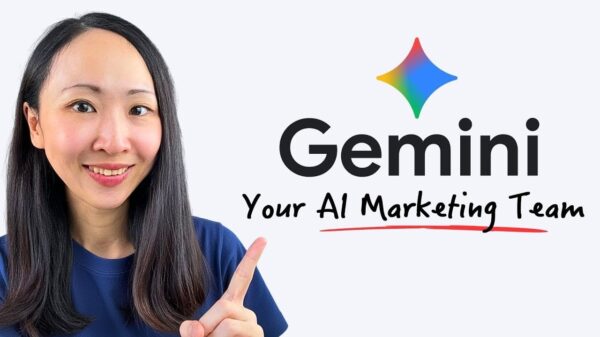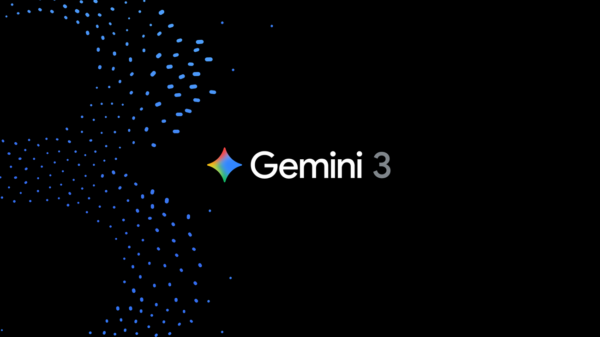The rapid transition to AI-driven discovery is reshaping the retail landscape more swiftly than many retailers may realize. Search platforms—such as ChatGPT, Perplexity, and the evolving AI features of Google—are moving beyond traditional keyword signals to directly interpret product data. They evaluate the quality, completeness, and consistency of this data, ultimately determining which retailers gain visibility and which fade into obscurity.
While the headlines often focus on enhancing customer experiences and introducing novel shopping methods, a more significant story unfolds behind the scenes. The advent of AI search technologies is revealing deep-rooted operational challenges that have quietly plagued the retail sector for years. As we look toward 2026, these challenges are rapidly transforming into substantial performance risks.
A recent analysis conducted by my team on 800 Australian retailer websites shed light on the industry’s preparedness for this shift toward AI-led discovery. Alarmingly, we found that 85 percent of product pages failed to meet the basic benchmarks needed for AI visibility. The most pressing issue was duplication; 49 percent of product descriptions were identical across competing retailers. While search engines typically permit around 10 percent duplication for common terminology, many retailers are operating at almost five times that threshold. Such high levels of duplication dilute authority signals and complicate AI agents’ ability to discern which retailer should rank higher in search results.
The crux of the problem does not lie in a lack of talent or intention among retailers. Instead, teams are often overwhelmed by manual workflows that were never designed for today’s scale. Particularly within fashion and multi-brand environments, digital and content teams find themselves engaged in repetitive tasks that yield minimal strategic value. Activities such as copying supplier descriptions, correcting poorly formatted data, manually adding attributes, or enhancing images may keep operations running, but they do little to elevate performance.
Having spent years in fast-moving consumer goods (FMCG) and retail operations before founding Optidan, I have witnessed this pattern time and again. When teams are bogged down with low-value tasks, overall performance slows down. Time to market, conversion rates, and innovation all suffer. In the context of AI search, this also translates to diminished visibility.
There lies a substantial opportunity for retailers willing to rethink their workflows. Fashion retailers are fundamentally creative entities, focused on customer engagement and category growth. Yet, many teams remain ensnared in cycles of repetitive tasks, manually sifting through product data from hundreds of suppliers. These activities do not reflect the true capabilities or purposes of their roles and drain the very resources retailers need to stand out.
AI introduces a transformative solution. Automation can take over tasks that humans were never meant to manage at scale. Machines are capable of identifying missing attributes, detecting duplication, enriching product data, and structuring information consistently. More crucially, they can handle these processes across thousands of SKUs with both speed and accuracy.
When retailers liberate their teams from these bottlenecks, they unlock new potential. Employees can transition from execution to optimization roles, focusing on analyzing consumer behavior, developing category strategies, refining internal linking, enhancing navigation, and amplifying brand voice. This shift drives top-line revenue and boosts the bottom line by increasing efficiency.
Discussions surrounding AI in retail often evoke fears about machines replacing human jobs. However, my experience suggests the opposite is true—AI does not eliminate people; it eliminates mundane tasks. It enables teams to reclaim time that can be devoted to impactful contributions.
In our industry study, the most effective retailers were not necessarily those with the largest teams, the most advanced tools, or the biggest budgets. Instead, they were the ones who recognized the value of time and structured workflows to prioritize high-impact work over mere maintenance.
AI search is leveling the playing field in ways that traditional SEO could not achieve. Retailers can no longer depend on supplier content or outdated processes to gain visibility; product data must be complete, structured, and consistent. Achieving this at an enterprise scale necessitates more than just human effort.
The next 18 months will be pivotal for larger retailers. Those who modernize their workflows, eliminate duplication, and repurpose their teams into more creative and strategic roles are likely to see a measurable improvement in performance. Conversely, those who cling to outdated practices risk losing visibility, customer intent, and category momentum as AI search becomes the standard discovery layer.
The future of work in retail does not entail cutting headcount; rather, it involves elevating the roles of existing employees. AI can efficiently manage scale, while humans can focus on driving growth. Retailers who acknowledge and adapt to this shift early will be well-positioned for the upcoming era of digital commerce.
 Two Cents Software Launches AI-Optimized SaaS Boilerplate for Rapid MVP Development
Two Cents Software Launches AI-Optimized SaaS Boilerplate for Rapid MVP Development Major Platforms Introduce AI Tools Amid Publisher Struggles: Just $174 Earned from Crawlers
Major Platforms Introduce AI Tools Amid Publisher Struggles: Just $174 Earned from Crawlers Microsoft and Meta Platforms Position Themselves as Top AI Stocks for the Next Decade
Microsoft and Meta Platforms Position Themselves as Top AI Stocks for the Next Decade Heidi Launches Singapore Hub, Investing $8M to Transform Healthcare AI in Southeast Asia
Heidi Launches Singapore Hub, Investing $8M to Transform Healthcare AI in Southeast Asia Bank of America Warns of Wage Concerns Amid AI Spending Surge
Bank of America Warns of Wage Concerns Amid AI Spending Surge










































































